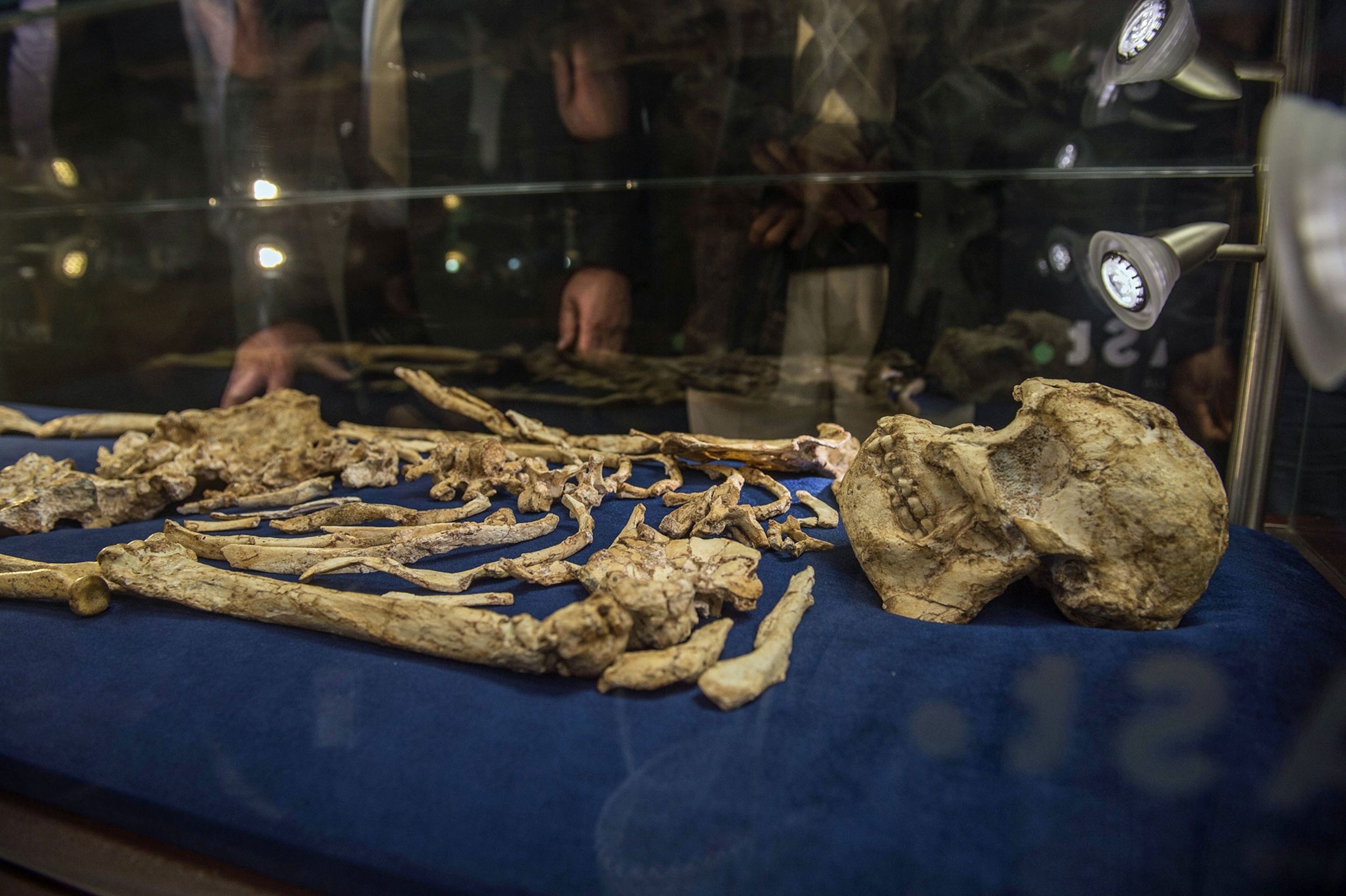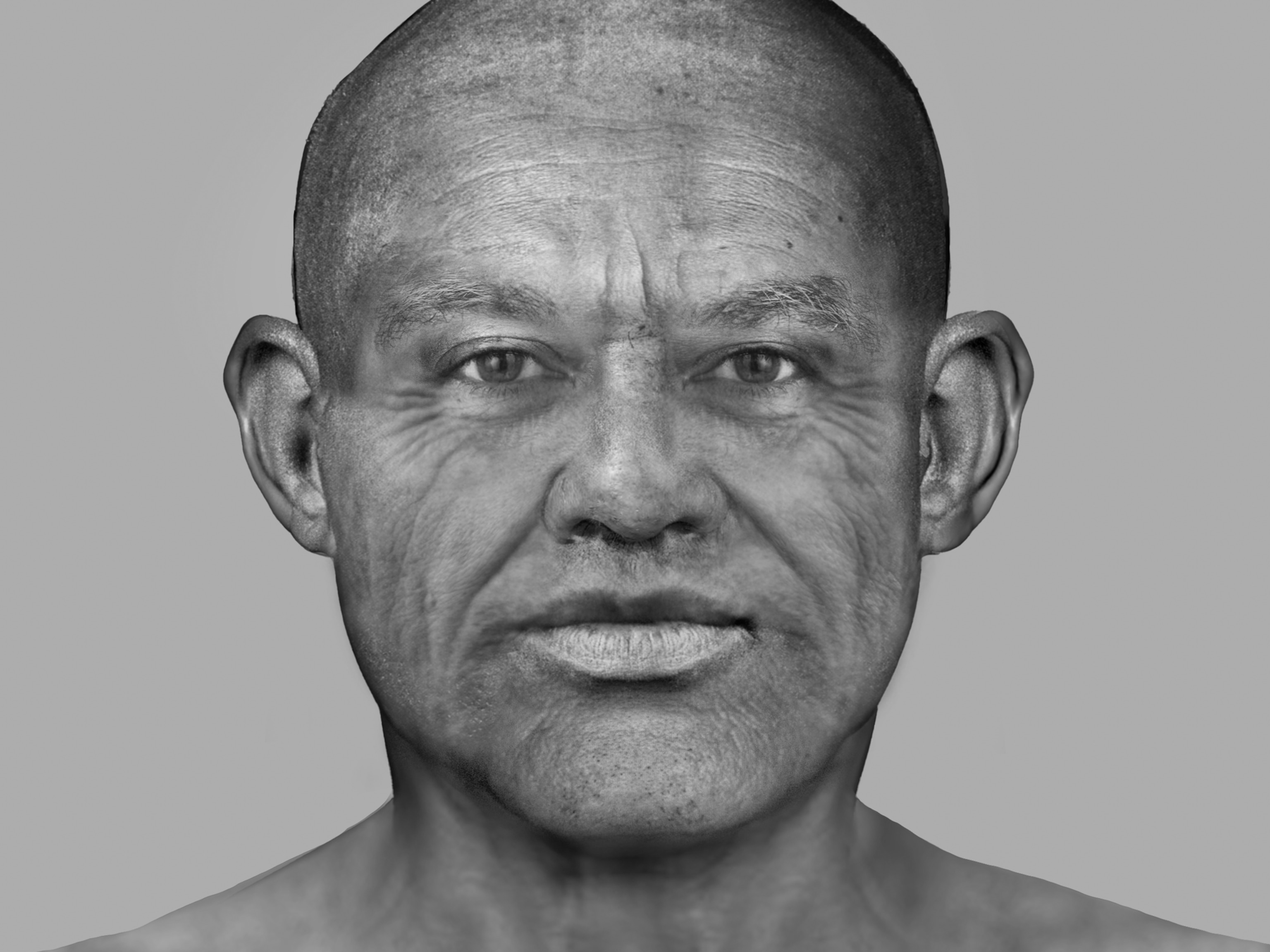
3.6-Million-Year-Old Human Ancestor Unveiled to Public
Assembling "Little Foot," the oldest hominid skeleton ever found in Southern Africa, was an effort that took more than 20 years.
For the first time, a near-complete skeleton dating back 3.67 million years has been unveiled to the public.
On December 6, an Australopithecus fossil dubbed "Little Foot" was displayed at the Hominin Vault at the University of the Witwatersrand's Evolutionary Studies Institute in Johannesburg, South Africa. The remains have been cleaned and reconstructed to reveal a skeleton that has more than 90 percent of its bones intact, save parts of its feet, pelvis, and kneecaps.
"It has a lot of firsts," Ron Clarke, a paleoanthropologist who contributed to the discovery, tells Eyewitness News."It's the first complete skeleton adult, it is the first skeleton that has a complete arm and a complete leg in one individual that can be compared, and it is the oldest in Southern Africa."
Little Foot has been covered extensively since Clarke found four of its foot fragments while digging through a box of animal bones from South Africa's Sterkfontein Caves in 1994, and he sent other researchers into the Sterkfontein Caves in July 1997 to look for clues. Since then, the researchers have worked hard to excavate and prepare the fossils for their current display.
Clarke, along with other international experts, will soon release more than 25 scientific papers on the research. The results are expected to be published next year.
Fossilized skeletons are a rare find, and complete skeletons are practically unheard of. With its almost-4-million-year-old time stamp, Little Foot rivals the more well-known Lucy skeleton from East Africa. Lucy is about 3.2 million years old, 40 percent complete, and lacks a head.
"This is one of the most remarkable fossil discoveries made in the history of human origins research," Clarke says in a press release. "And it is a privilege to unveil a finding of this importance today."




